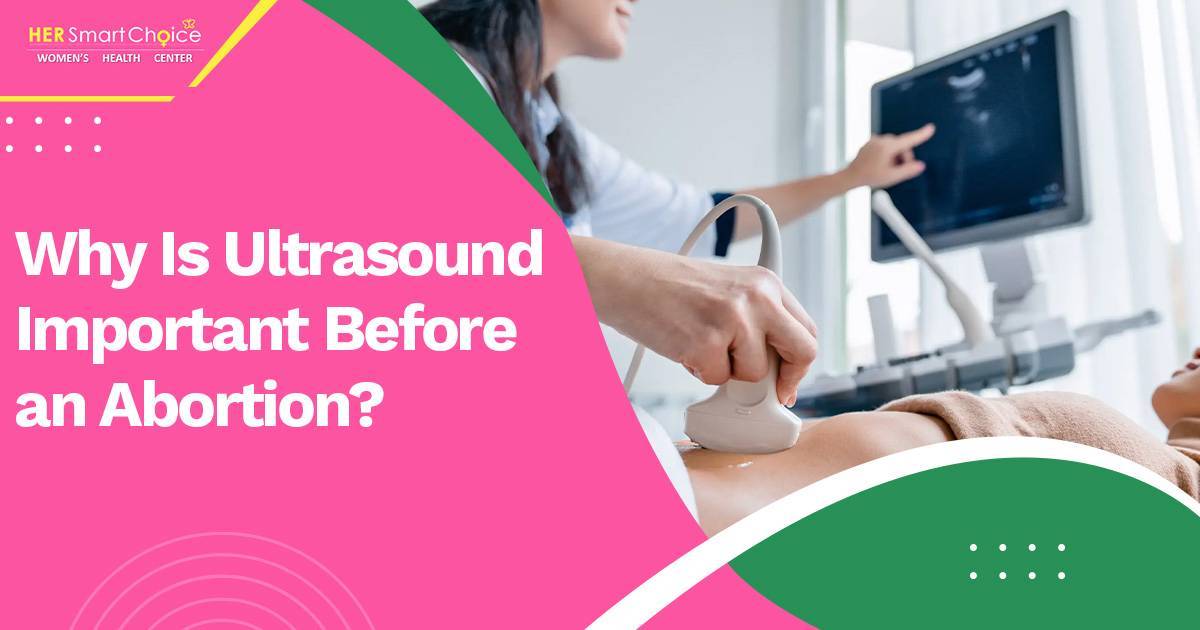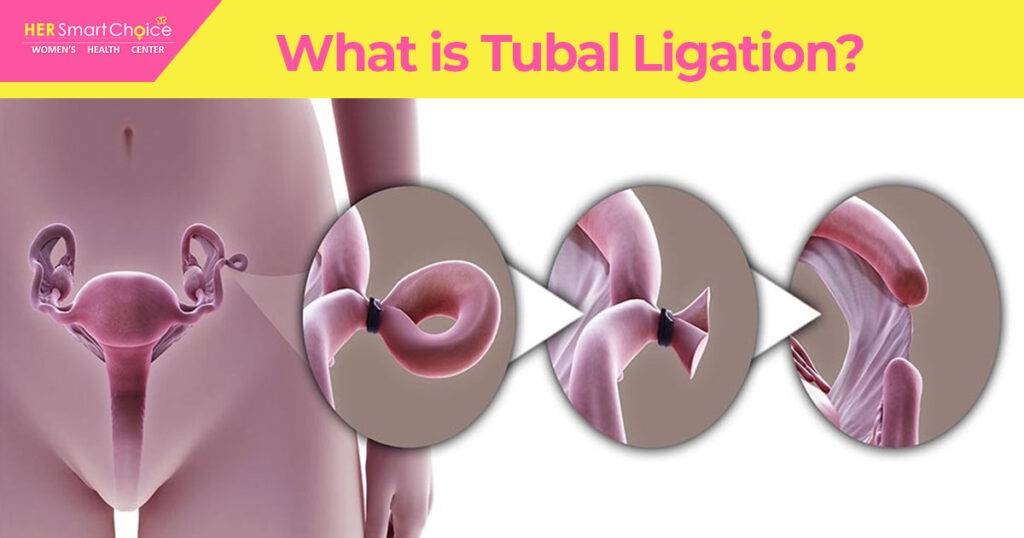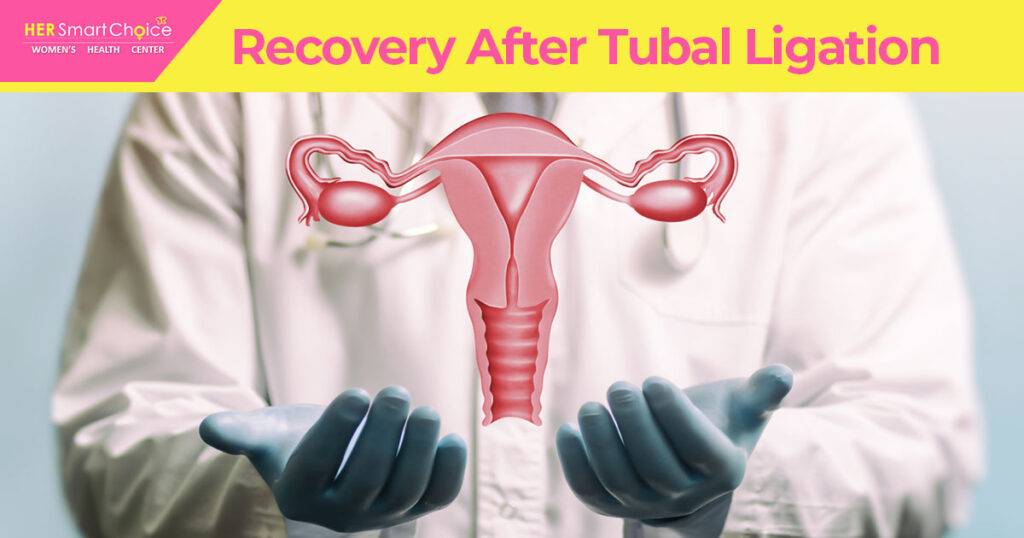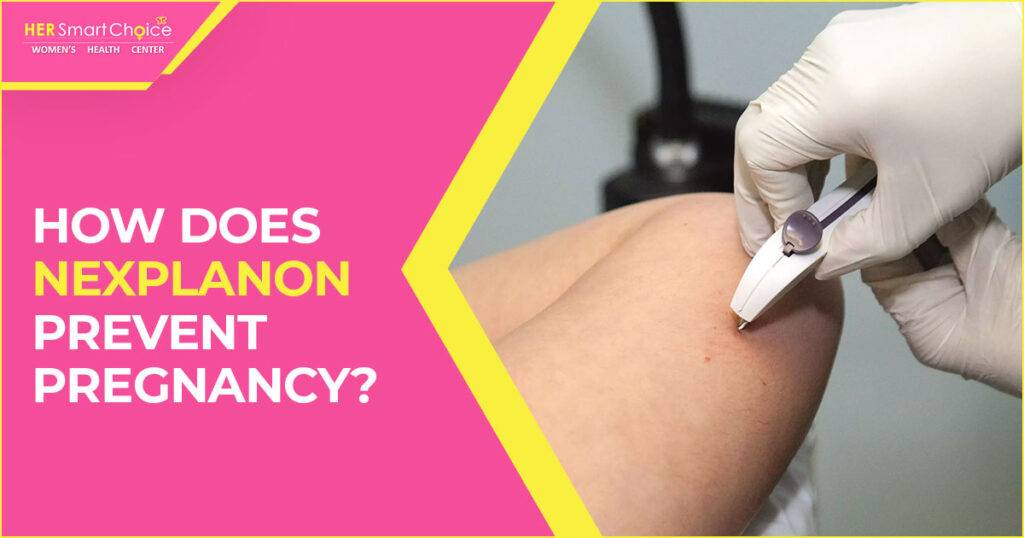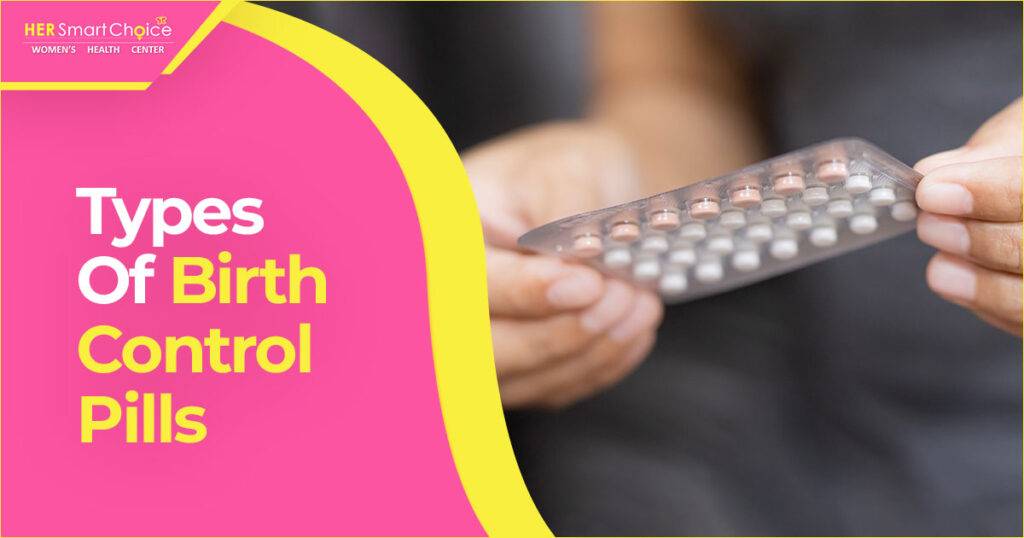Why Is Ultrasound Important Before an Abortion?
Making the decision to have an abortion at an abortion clinic is a significant step in a person’s life. It involves careful consideration of various factors, including health, emotions, and personal circumstances. One essential aspect of this decision-making process is the use of ultrasound before an abortion. In this blog, we will explore the importance of ultrasound in abortion procedures, its role in ensuring safe and effective care at an abortion clinic, and how it benefits individuals seeking this medical intervention.
How Ultrasound Works
Ultrasound, also known as sonography, is a medical imaging technique that uses high-frequency sound waves to create images of the inside of the body. During an ultrasound procedure, a trained technician, known as a sonographer, uses a device called a transducer to send and receive sound waves. These sound waves bounce off internal structures, creating real-time images on a screen.
The Role of Ultrasound in Abortion

Confirming Pregnancy
Before proceeding with an abortion, it is essential to confirm that a pregnancy exists. While home pregnancy tests are highly accurate, they may not account for the rare instances of false positives or chemical pregnancies. An ultrasound provides a definitive and visual confirmation of pregnancy, ensuring that individuals receive the most appropriate care for their unique situation.
Determine Gestational Age
Ultrasound is the easiest way to analyze the gestational period accurately. It is essential to know which method is adequate for women to proceed with abortion based on the time period of pregnancy. Different abortion procedures are recommended based on gestational age, ensuring safety and effectiveness.
Identifying Ectopic Pregnancy
An ectopic pregnancy occurs when the fertilized egg implants outside the uterus, usually in the fallopian tube. Ectopic pregnancies are not viable and can pose severe health risks. Ultrasound can detect the location of the pregnancy, helping healthcare providers identify and manage ectopic pregnancies promptly.
Assessing Viability
In some cases, a pregnancy may not be viable due to fetal abnormalities or other medical reasons. Ultrasound can assess the viability of the pregnancy, helping individuals make informed decisions about their next steps.
Ultrasound can also reveal whether there is more than one fetus (multiple pregnancies), which can impact the abortion procedure and aftercare.
Informed Decision-Making
Ultrasound plays a crucial role in empowering individuals with the information needed to make informed decisions about their pregnancies. The visual representation provided by ultrasound images allows them to see the developing fetus, understand its stage of development, and consider how it aligns with their reproductive choices. This transparency ensures that individuals are active participants in their healthcare decisions.
Safety and Effectiveness
By confirming the gestational age and identifying any potential complications, ultrasound contributes to the safety and effectiveness of abortion procedures. Healthcare providers can choose the most appropriate method, determine the required anesthesia or pain management, and provide accurate counseling regarding what to expect during and after the abortion.
Furthermore, ultrasound helps prevent complications that may arise from attempting an abortion when the gestational age is beyond the safe limit for specific methods. This safeguards the health and well-being of individuals seeking abortion services.
Patient-Centered Care
Abortion providers prioritize patient-centered care, which involves respecting the autonomy and choices of individuals seeking abortion. Offering ultrasound as part of the comprehensive care package allows individuals to engage actively in their healthcare decisions. They can ask questions, express their concerns, and make choices aligned with their values and circumstances.
Addressing Emotional Needs
An abortion is a significant life event that can evoke a range of emotions. Ultrasound provides individuals with an opportunity to see the pregnancy and, if they wish, obtain images as a part of their emotional healing process. Some people find solace in having a visual representation as they navigate their feelings and choices.
Respecting Legal Requirements

In some regions, legal requirements mandate the provision of an ultrasound before an abortion. This is intended to ensure that individuals have access to comprehensive information and make decisions that align with their values and circumstances.
Final Thoughts
Ultrasound plays a vital role in abortion care, offering multiple benefits to individuals seeking to terminate a pregnancy. It confirms pregnancy, determines gestational age, identifies potential complications, and empowers individuals to make informed decisions. By prioritizing patient-centered care and ensuring safety, ultrasound contributes to the overall well-being of those accessing abortion services. Ultimately, it is an essential tool that respects the autonomy and choices of individuals during this significant moment in their lives.

